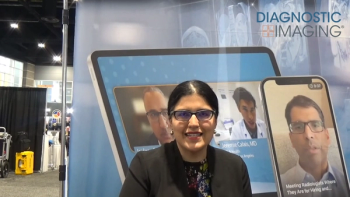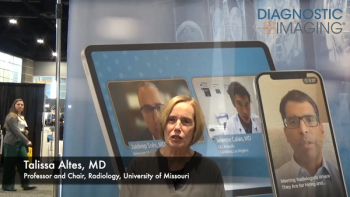
Aftermath: PACS vendors react to Sept. 11
Radiology's response to the Sept. 11 World Trade Center and Pentagon attacks was not limited to radiologists themselves.As has been reported, many radiologists were on the front line of emergency response Sept. 11, diagnosing the injuries of hundreds
Radiology's response to the Sept. 11 World Trade Center and Pentagon attacks was not limited to radiologists themselves.
As has been reported, many radiologists were on the front line of emergency response Sept. 11, diagnosing the injuries of hundreds of victims at Manhattan hospitals.
PACS vendors also reacted to the crisis. Following the initial shock, a number of radiology suppliers found meaningful ways to respond. This was especially true for companies that have a number of civilian customers in the New York City and military clients in Washington, DC.
Agfa bolstered their technical call center, put product support personnel on heightened alert to ensure that computer systems remained functional, and increased equipment supplies to affected areas.
They also offered their warehouse across the river in Dayton, NJ, to competitors needing short-term storage space to meet increased logistic demands.
Kodak, in addition to making a corporate donation to the Red Cross, took steps to ensure that x-ray film and other radiography products reached hospitals and medical centers in New York, Pennsylvania, and Washington, DC. Likewise, their Document Imaging division helped deliver equipment and technical support to customers attempting to recover lost and damaged records.
Canon U.S.A., which also made a cash contribution to relief efforts, donated a range of products, including fax machines, scanners, and video camcorders to the NYC police department. Canon's NYC-area employees have donated clothing, bottled drinks, and food for police and firefighters. In Japan, employees at Canon Group companies have begun making financial contributions, which are then matched by the company and donated to the Japanese Red Cross Society.
At the time of the attack, Cerner was in the middle of its annual Health Conference in Kansas City, with clinicians in attendance from much of the U.S. and 14 countries.
When news of the tragedy hit, Cerner associates established command centers at each of the primary hotels, the convention center, and Cerner World Headquarters, coordinating travel for those wishing to get home earlier or whose flights had been cancelled, booking extra hotel rooms for those stranded in Kansas City, directing people to pharmacists for extra medication, and providing phones.
Cerner also arranged to rent several buses to transport hospital executives and clinicians from the affected areas home that same afternoon. Although the conference went on, televisions were positioned throughout the convention center so attendees could get the latest news.
Crisis response was not limited to industry giants.
IDX, for example, not only initiated a plan to extend additional support to customers in the targeted areas, they also developed system guidelines for dealing with a likely influx of numerous "John Doe" cases based on initial reports indicating the strong possibility that local hospitals would be overwhelmed with patients. It soon became apparent that a large number of victims would not make it out of the rubble and into those institutions preparing to provide care.
For more about radiology's response to the Sept. 11 attacks, visit the following links:
Newsletter
Stay at the forefront of radiology with the Diagnostic Imaging newsletter, delivering the latest news, clinical insights, and imaging advancements for today’s radiologists.




























